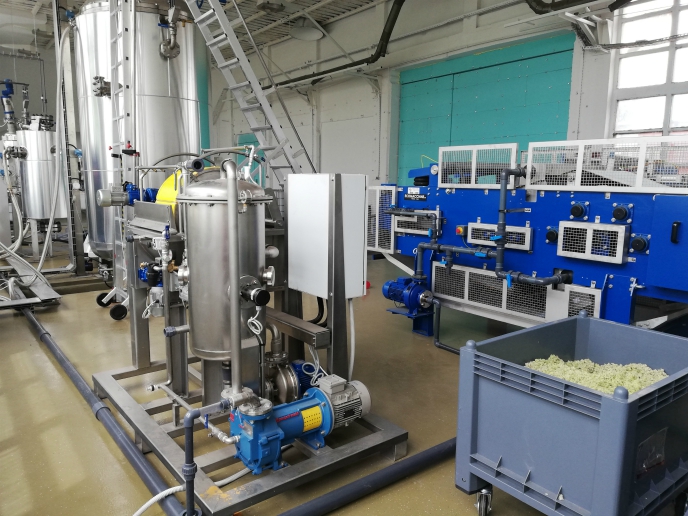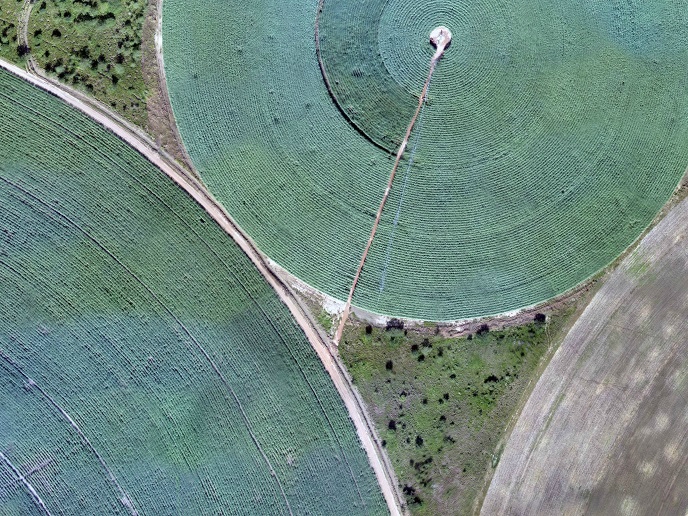Printing technology making disposable healthcare materials smart
It has never been easier for patients to stay connected with medical professionals and feel empowered by having their health monitored from a distance. On the other hand, there are growing concerns over the energy consumption of wearables, their cost inefficiency, as well as their storage and waste disposal treatment. The portable and wearable electronics market is in need of a sustainable, low-cost, biodegradable and adaptable technology. Several different substrates have been proposed for flexible electronics. Paper offers many exciting opportunities for wearable electronics because it is cheap, sustainable, disposable, and biocompatible. However, this promising substrate is still at the research stage. Devices such as sensors, energy harvesting and storage systems, photodetectors and transistors have already been demonstrated. Nevertheless, fully printable integrated systems still have not arrived.
Step change in flexible, wearable electronics
The EU-funded WASP(opens in new window) project developed and fabricated fully printed sensors that are able to detect pH, humidity and glucose using inks based on graphene and other 2D materials. The sensors were integrated into a near-field communication and Bluetooth transponder chip, then bonded to a circuit board with inkjet-printed components on a paper substrate. The specially designed, integrated system-on-paper is placed inside the hygiene product. The project team designed a user-friendly app to read, store and display sensor data. “We proposed an innovative and recyclable electronic paper-based system that will be applied to disposable healthcare materials such as adult diapers and bandages,” says Gianluca Fiori, a professor of electronics at Dipartimento di Ingegneria dell’Informazione at the University of Pisa, which coordinated the project. “The technology is definitively disruptive.” Project partners successfully demonstrated the wireless, fully printed humidity sensor. It was coupled with a radio-frequency identification (RFID) antenna, where additional printed sensors such as strain and pH sensors made with graphene have also been successfully integrated. Team members also developed suitable inks for the printed sensors. These are appropriate for coupling with a RFID tag to wirelessly transmit the signal to portable devices.
Seeking clean, green electronics
Every year, Europeans produce waste from electrical and electronic equipment at a rate of 10 kg per person(opens in new window). All materials used in WASP were chosen after taking their environmental impact into account. Devices were assembled with standard low-temperature printing techniques that are compatible with paper substrates. These devices have a lower energy footprint compared to standard vacuum technology. The printed systems for wearable healthcare monitoring were produced by exploring a broad range of printable materials, from 2D crystals to organic materials. “The technology was based on an environmentally friendly process and addresses the needs of a future circular economy and for cheap, flexible and lightweight multi-functional electronics,” explains Fiori. The project contributes to the Commission’s ‘Towards a circular economy: A zero waste programme for Europe’(opens in new window). “WASP technology can unleash unprecedented opportunities in the flexible electronics market, enabling a wide variety of applications,” concludes Fiori. The innovations could be exploited beyond the healthcare industry. One notable example is the smart labelling of foods and beverages.







